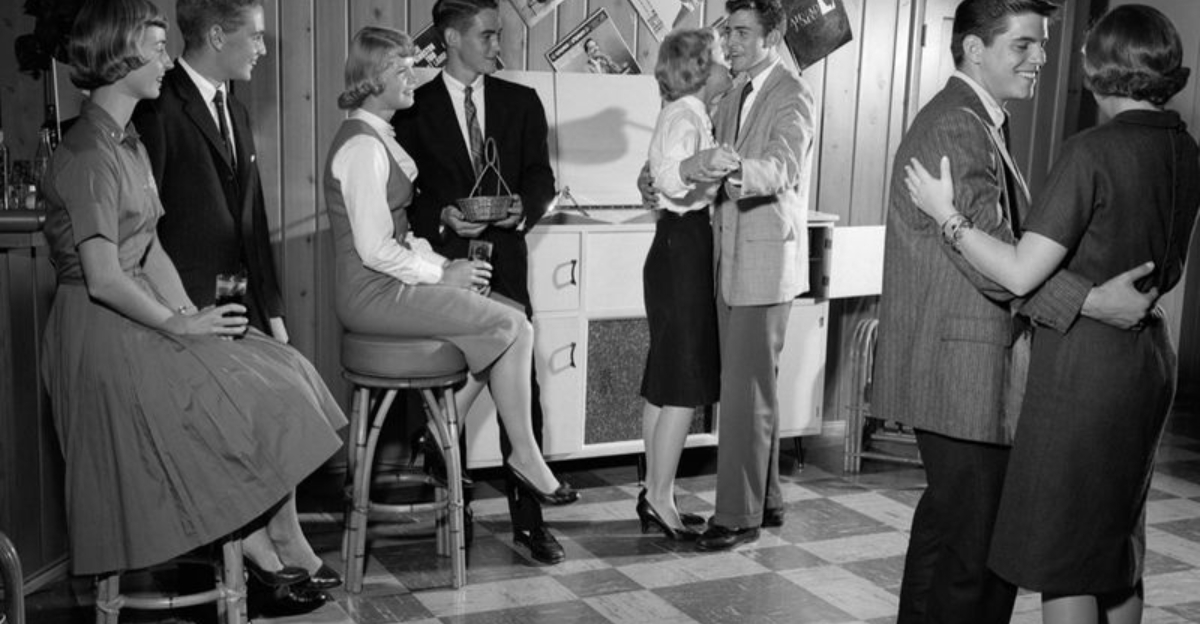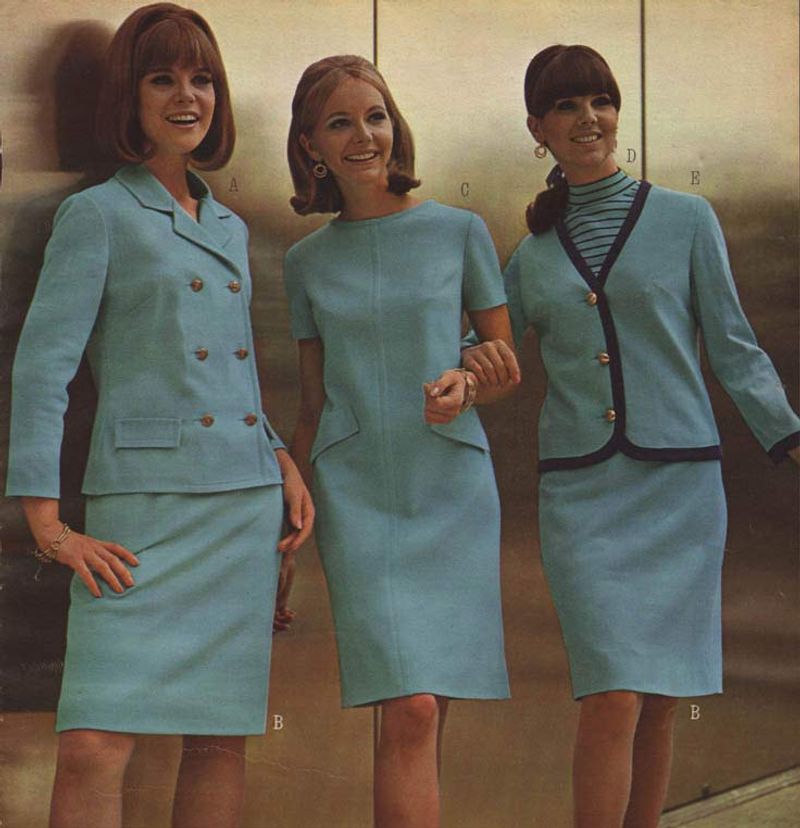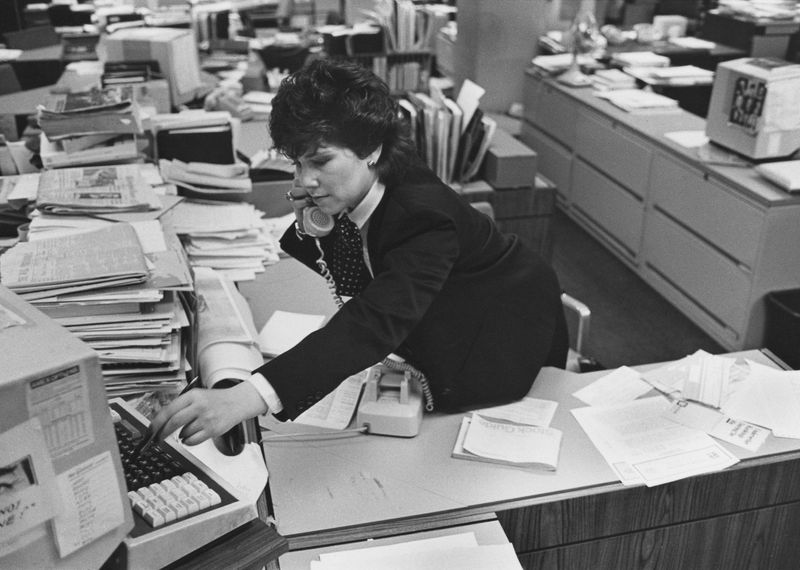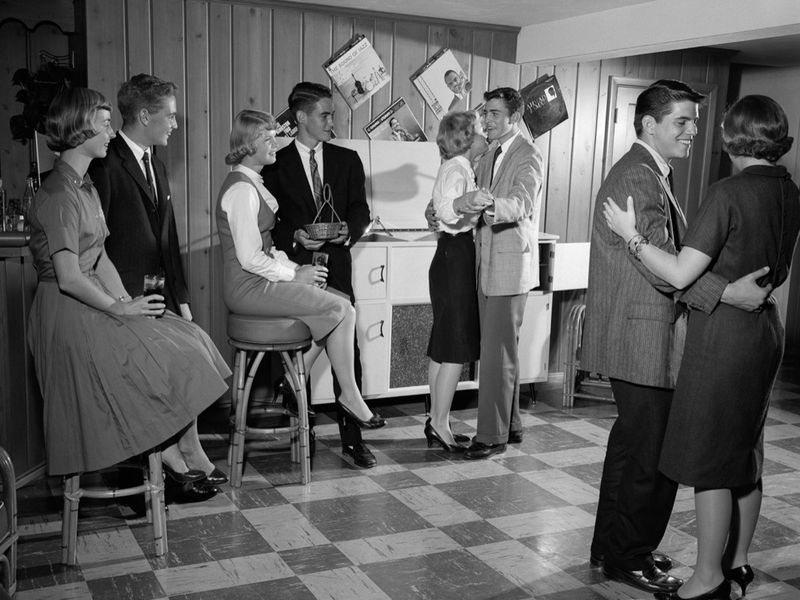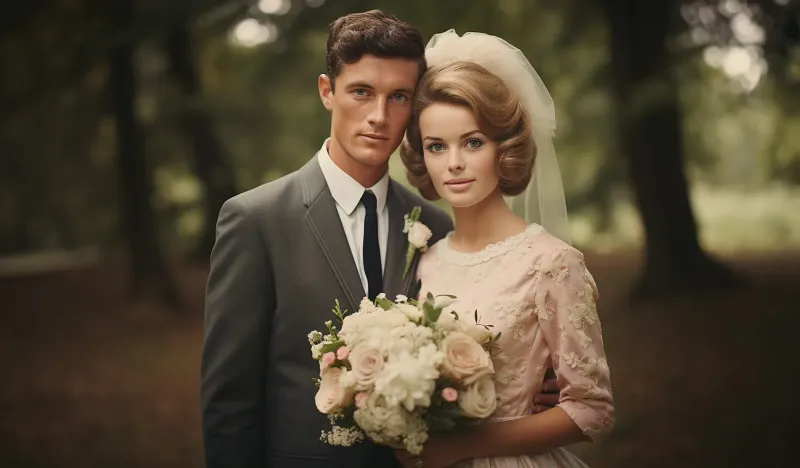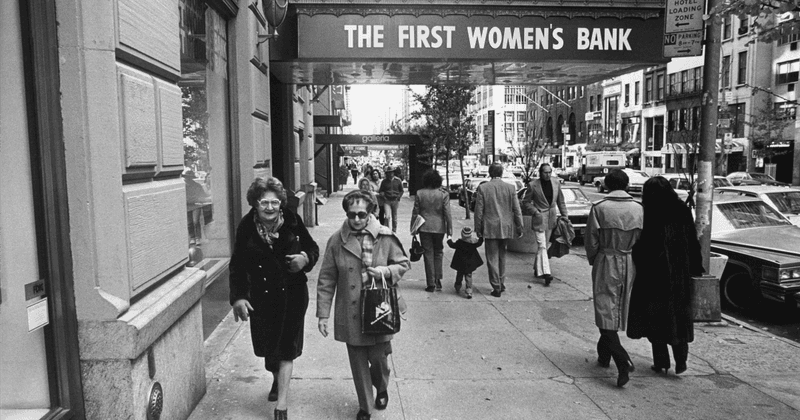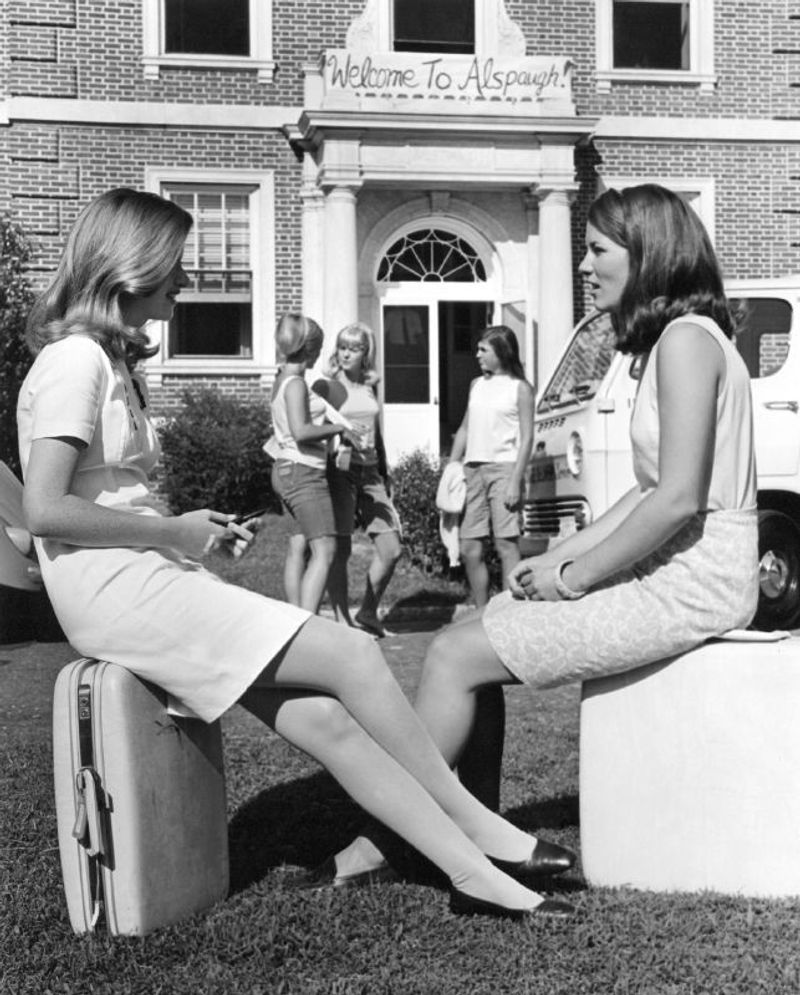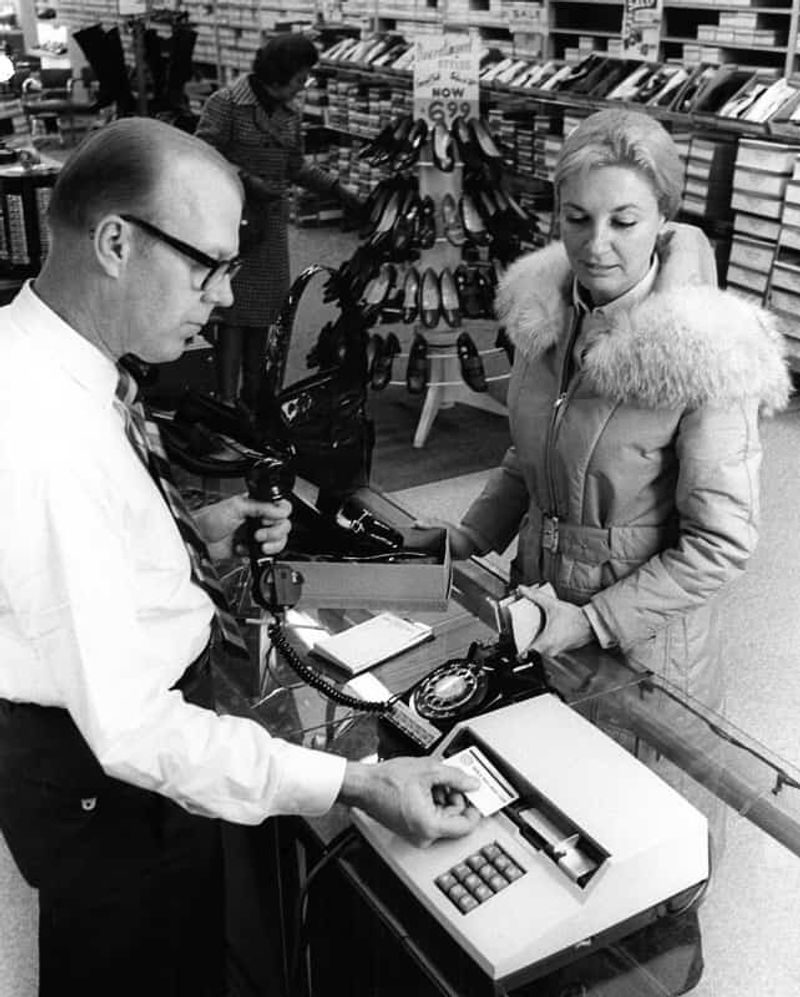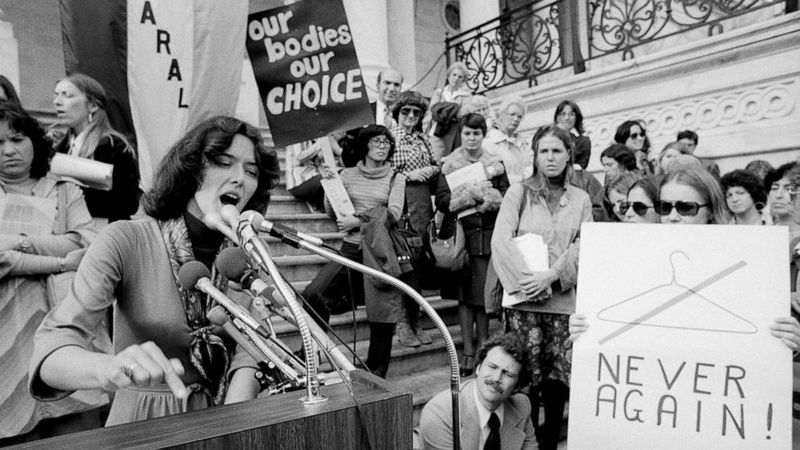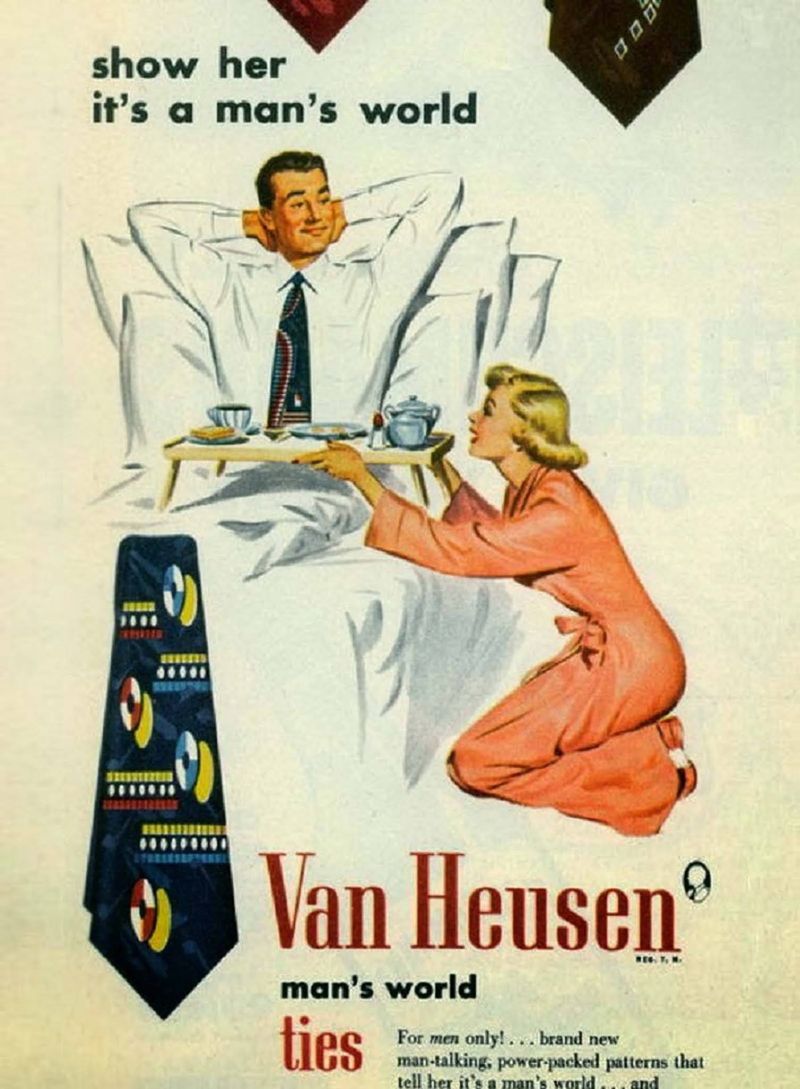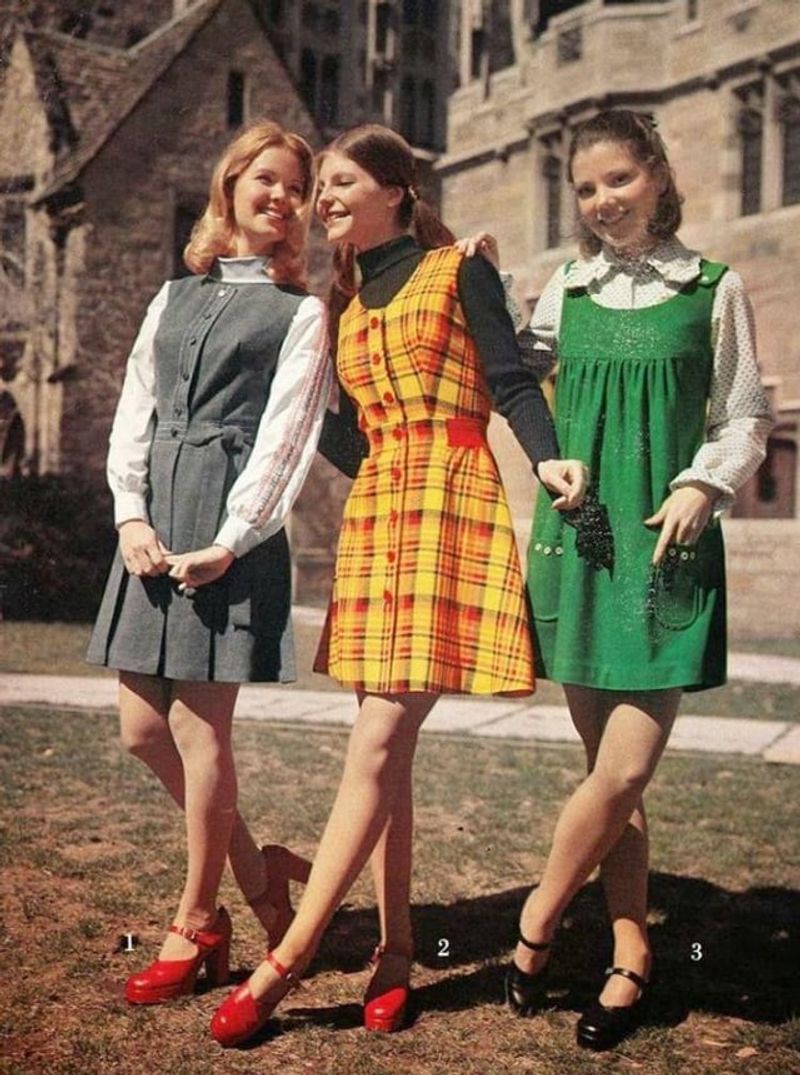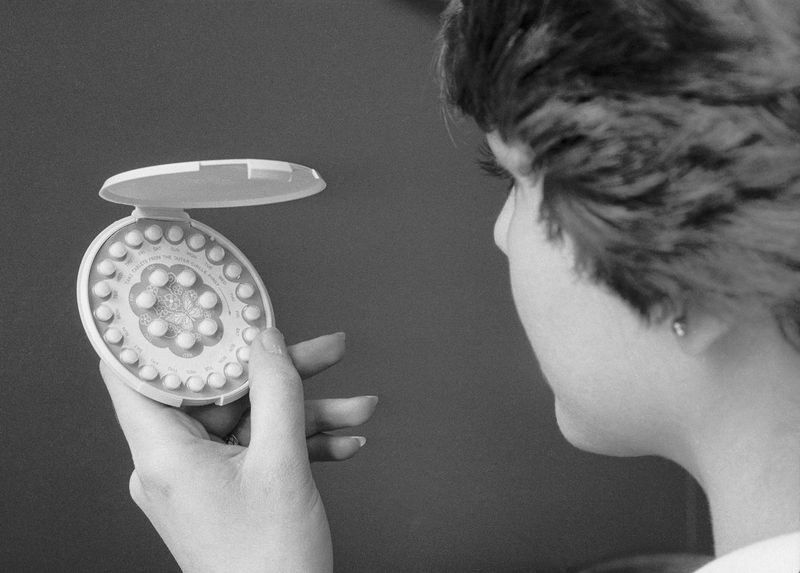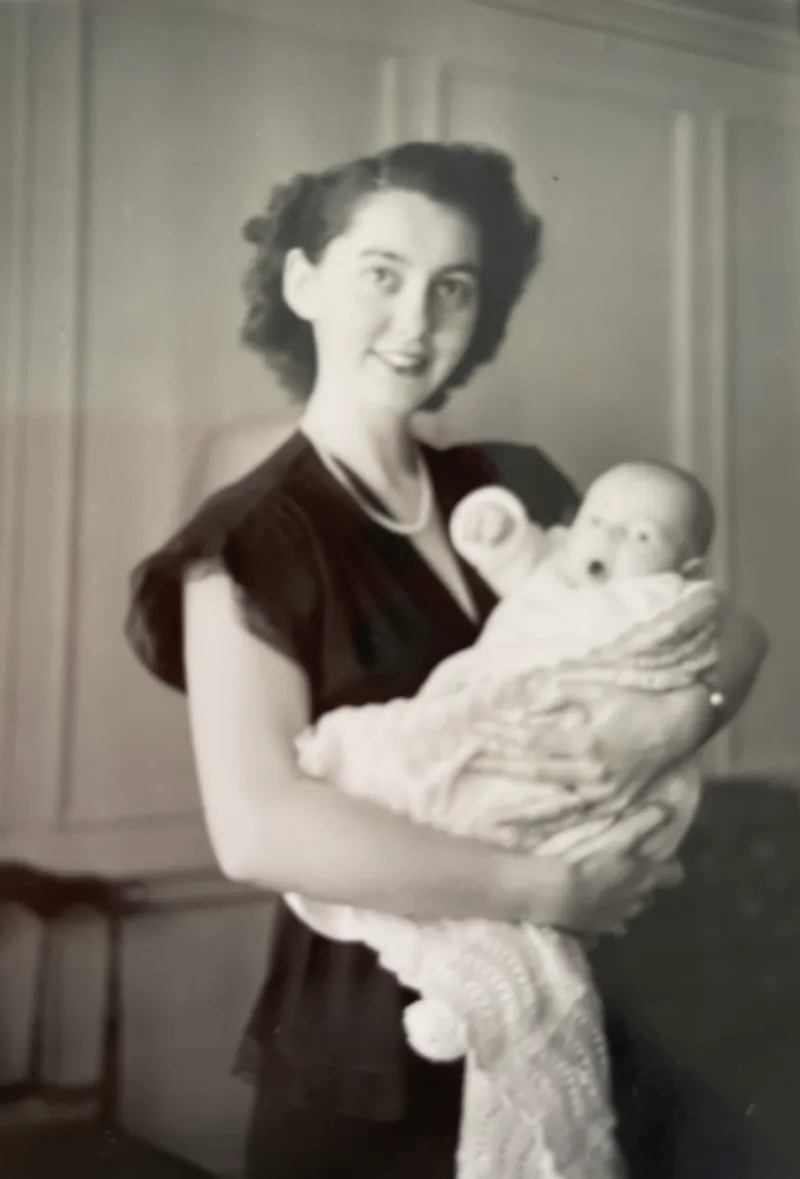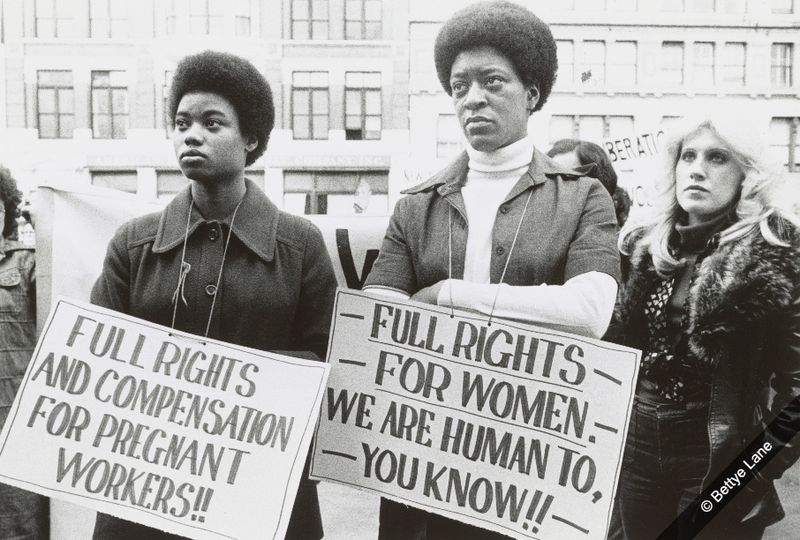The 1960s were a transformative era, marked by social upheaval and change. However, women of this time faced numerous societal expectations and restrictions that are unimaginable today. From having limited career choices to adhering to strict dress codes, the lives of women were significantly different. This blog post explores 13 such practices that highlight the dramatic shift in societal norms and women’s roles over the decades. Join us as we delve into these fascinating yet challenging aspects of the ’60s, showcasing how far we’ve come in redefining gender roles and equality.
1. Strict Dress Codes
In the 1960s, women were expected to adhere to strict dress codes, especially in professional settings. Tailored dresses, skirts below the knee, and formal blouses were the norm, leaving little room for personal expression. Pantsuits were a rarity and often frowned upon, reinforcing traditional gender roles. Today, women enjoy the freedom to choose attire that aligns with individual style and comfort, reflecting a society that embraces diversity. The shift from rigid dress codes to sartorial freedom is a testament to evolving norms that value personal expression over conformity.
2. Limited Career Choices
Career options for women in the 1960s were largely confined to roles like secretaries, nurses, or teachers. Breaking into male-dominated fields was often met with skepticism and resistance. Women were expected to prioritize family over career, and higher education was frequently deemed unnecessary. Fast forward to today, women have access to a wide array of professions and leadership roles across industries. This expansion of choices not only highlights a shift towards gender equality but also underscores the importance of recognizing women’s potential beyond traditional confines.
3. Chaperoned Dates
In the ’60s, dating often involved chaperones, with privacy being a rarity for young couples. Parents or older relatives would accompany dates to ensure propriety was maintained. This practice underscored the era’s emphasis on safeguarding reputations and maintaining social decorum. Today, such oversight is virtually nonexistent, as societal norms have shifted towards greater trust in individual judgment. The transition from supervised outings to autonomous dating reflects broader changes in attitudes towards personal relationships and autonomy, allowing individuals to form connections based on mutual consent and trust.
4. Marriage as a Requirement
Marriage was often seen as a societal requirement for women in the 1960s. Remaining single was stigmatized, with marriage being considered a primary life goal. Women were expected to marry at a young age, fulfilling roles as wives and mothers. The pressure to conform to these norms limited personal aspirations and professional growth. In contrast, today’s women have the liberty to choose their path, whether it involves marriage, a career, or both. The shift towards individual choice marks a significant step toward gender equality and personal freedom.
5. Managing Home Finances
While men were typically seen as the breadwinners, women in the ’60s were tasked with managing household finances. Budgeting for groceries, utilities, and other expenses fell on their shoulders, often without formal financial education. This role was part of their domestic duties, reinforcing gender roles. Today, financial management is often a shared responsibility, with many women actively participating in and leading financial decisions. The evolution from gender-specific roles to shared responsibilities in financial management highlights progress in gender equality within the household.
6. Limited Educational Opportunities
Educational opportunities for women in the 1960s were limited compared to today. Many were steered towards humanities and home economics rather than STEM fields. Higher education was often viewed as secondary to marriage and family. Today, women have greater access to diverse educational paths and are encouraged to pursue careers in any field. This shift reflects a broader recognition of women’s intellectual capabilities and the societal benefits of gender diversity in education. Empowering women through education has been pivotal in driving social change and economic progress.
7. Obtaining Credit
In the 1960s, obtaining credit was a challenge for women. Credit cards and loans often required a male co-signer, such as a father or husband. This dependency highlighted the era’s financial inequities and limited women’s financial autonomy. Today, women can independently apply for credit, reflecting significant progress in financial rights. This change empowers women to manage their finances without reliance on male family members, representing a broader shift toward financial equality and independence. The journey from financial dependence to autonomy marks a critical advancement in women’s rights.
8. Restricted Reproductive Rights
Women’s reproductive rights in the 1960s were heavily restricted. Access to contraception was limited, and abortion was largely illegal, leaving women with few options for family planning. This lack of autonomy over their own bodies was a significant barrier to personal and professional growth. Today, women’s reproductive health rights have expanded, offering greater control over family planning choices. The evolution of these rights reflects a broader commitment to gender equality and personal autonomy. The transition from restrictive laws to reproductive freedom underscores progress in women’s health and rights.
9. Gender-Specific Job Advertisements
Job advertisements in the 1960s were often gender-specific, with separate listings for “male” and “female” jobs. This practice reinforced traditional gender roles, limiting women’s career aspirations and opportunities. Employers openly displayed biases, with men favored for higher-paying roles. Today, such discrimination is illegal, and job ads must be gender-neutral. This shift reflects broader societal changes towards equality and inclusion in the workplace. Overcoming gender-specific job ads has been crucial in promoting diversity and equal opportunity, enabling women to pursue careers without the constraints of traditional stereotypes.
10. Dress Codes in Schools
In the 1960s, school dress codes for girls were strict, often requiring skirts and dresses. Pants were usually not permitted, reinforcing gender norms. These rules restricted personal expression and comfort. Today, dress codes in schools have become more inclusive, allowing for a wider range of attire that respects individual preferences and gender expression. The relaxation of dress codes highlights progress in promoting equality and inclusivity in educational environments. By allowing students to choose attire that aligns with their identity, schools foster an environment of acceptance and respect.
11. Limited Access to Birth Control
Access to birth control in the 1960s was highly restricted, with many women facing barriers in obtaining contraceptives. Legal limitations and societal stigma further compounded these challenges. The inability to access birth control impacted family planning and women’s autonomy. Today, birth control is widely available, empowering women to make informed choices about their reproductive health. This increased access represents a critical step toward gender equality and personal freedom. The journey from restricted access to widespread availability reflects broader societal changes that value women’s rights and health.
12. Social Expectations of Motherhood
Motherhood was a predominant expectation for women in the 1960s. Society emphasized the role of women as primary caregivers, often discouraging career aspirations. This expectation limited women’s choices and reinforced traditional gender roles. Today, women have more freedom to choose whether to become mothers or pursue careers or both. The shift in societal expectations from motherhood as a necessity to a choice reflects progress in gender equality. By valuing diverse roles for women, society benefits from a richer tapestry of contributions across all fields.
13. Discrimination in the Workplace
Discrimination in the workplace was prevalent for women in the 1960s. Gender bias was openly practiced, with women often receiving lower wages and fewer advancement opportunities. Sexual harassment was largely unaddressed, leaving women vulnerable and marginalized. Today, laws and regulations promote equality and protect against discrimination, creating a more equitable work environment. The progress from overt discrimination to legal protections underscores the importance of continued advocacy for gender equality. By addressing workplace discrimination, society moves closer to ensuring all individuals have equal opportunities to succeed.
